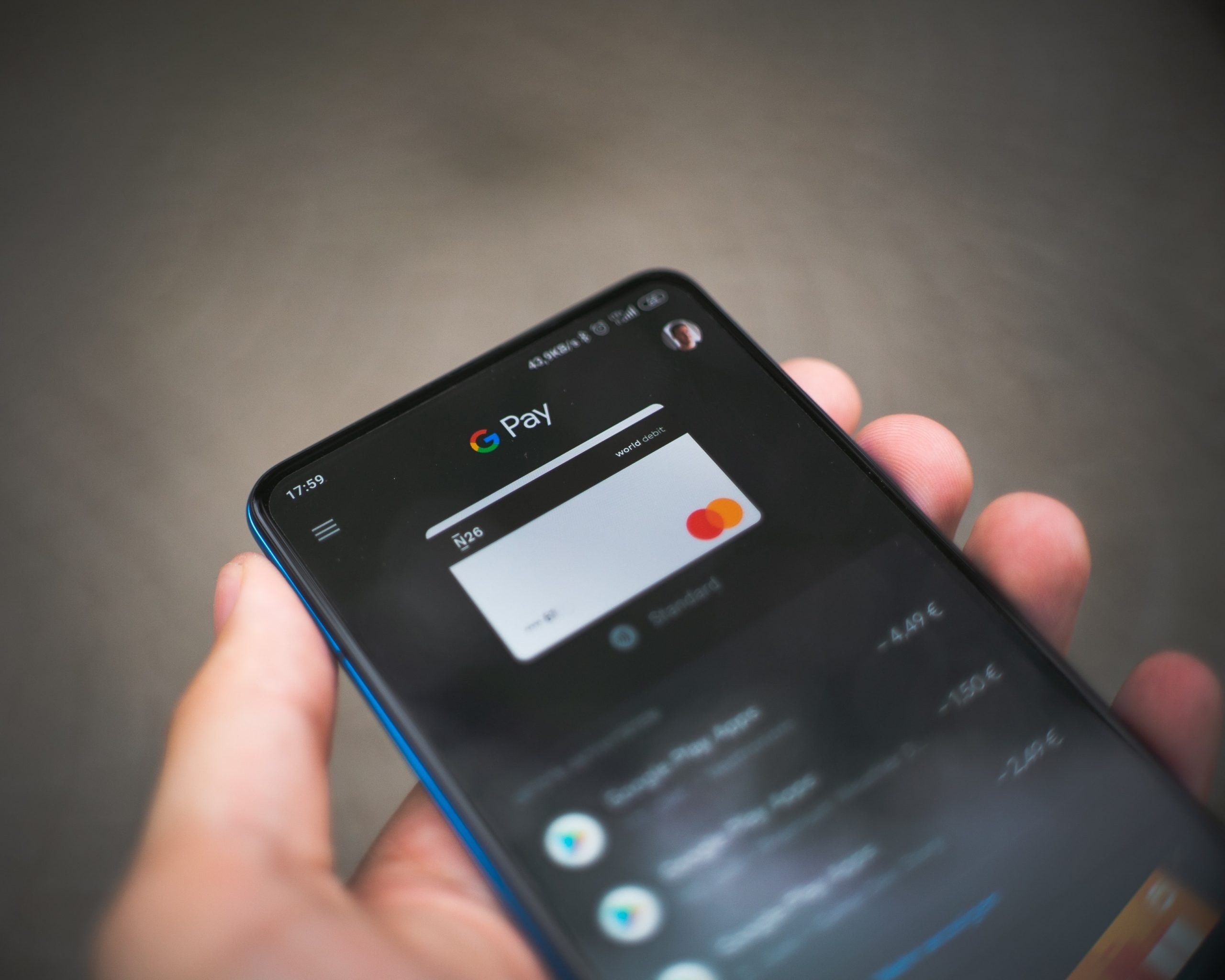
The world is moving at a breakneck pace and nowhere is this more true than with technology. We’re all trying to keep up with the latest recommendations and learning how to meet our clients’ needs as they evolve in response to the world around us.
Pixel 506 has been examining how we can use data, empathy and common sense to change the way we work, creating better user experiences for all our clients. We’ve established three tenets to help keep businesses relevant, and clients safe and loyal.
This strategy was built out of examining the shifting needs and behaviors, such as a decline of 50% in overall spending, and traditional retail dropping between 20-50%; but on the flip side there’s been a growth of 4x in internet use and companies are moving more and more online. The categories of growth include foods 14%, entertainment 13%, and home goods 3%. These details demonstrate that opportunities abound even in moments of insecurity and change. And that there’s room to actualize new visions, bring new products to market, and offer support in ways that weren’t previously explored.
With a drive to always seek digital excellence, employing zero contact purchasing and delivery whenever possible, and offering dynamic insights through technology, we’re keeping pace with our clients and meeting their needs. In this article, we’re sharing a few instances where digital excellence, zero contact purchasing, and dynamic insights are changing industries. Let’s take a look at a few companies that are demonstrating these key attributes.
Digital Excellence
Providing digital excellence really means identifying new opportunities with data that meet customers’ needs and expectations in the shifting world. Digital excellence comes in many forms obviously, but examining trends, speaking with clients, and then working to identify and meet those needs is key. A book, Shaping the Digital Future of Business: 25 Stories of Successful Enterprise-Provider Partnerships profiled 25 of the best examples of digital transformation success. One of the highlighted stories was California State University (CSU), the largest public university system in the U.S., began using a new cloud infrastructure and management platform to efficiently provide services to over half a million students and staff across 23 campuses. Another recognized business is Telenet, a Belgium-based telecommunications services provider that provided improved capabilities for its real-time processing and decision-support services; the new infrastructure helped the company provide 20 new consumer services in 10 countries.
Zero Contact Purchasing
Another pillar is zero contact purchasing, the demand for which is growing daily. As fears surrounding health and well-being remain prevalent now and for the foreseeable future, customers are asking for zero contact services.
Transport for London (TfL) that manages the city’s vast public transit system partnered with Mastercard to offer the same contactless service that regular Oyster cardholders receive to the city’s millions of visitors each year. TfL selected Mastercard contactless payment technology to innovative the current Oyster card system. This change would eliminate both the need for occasional or one-time travelers to acquire Oyster cards, as well as the employees and vending kiosks engaged to sell the one-time travel cards. According to Mastercard’s case study, the solution was Mastercard’s contactless payment technology which allows purchases to be made with a contactless-enabled Mastercard® or Maestro® card, NFC-enabled smartphone, or other contactless device. There’s no need for a pin number or any kind of code with offline data authentification, enhanced financial security, and fare aggregation all built into the new payment system. The case study boasts, “Since its launch in September 2014, more than 850 million journeys have been made, and 19 million unique contactless cards or payment devices have now been used from more than 100 countries across the world. Now TfL regularly sees more than 1.8 million journeys per day using contactless payment cards, with about 25,000 new contactless cards in use each day.” As of the study’s publication in 2017, Transport for London has also reduced the cost of collecting fares from 14% of revenue to 9% and growing closer to its goal of a 6% cost.
Dynamic Insights
Dynamic Insights are a third area we’ve identified as crucial to staying in business in the new economy. Dynamic insights involve leveraging data collected about customers’ habits and preferences to offer real-time solutions and assistance. Nowhere is this more vital than in the healthcare industry. For example, researchers at the University of Pennsylvania Health System have created a machine learning tool that helps predict which patients are at the highest risk for developing severe sepsis. Sepsis is an extreme systemic response to infection which can quickly turn deadly. The machine-learning algorithm was created using a sample of over 10,000 individuals and was able to identify patients that were candidates for severe sepsis or shock 12 hours before it occurred. “We were hoping to identify severe sepsis or sepic shock when it was early enough to intervene and before any deterioration started,” said senior author Craig Umscheid, MD, of the Hospital of the University of Pennsylvania. “The algorithm was able to do this. This is a breakthrough in showing that machine learning can accurately identify those at risk of severe sepsis and septic shock.”
In a second example, predictive analysis paid off big for wireless network operator, U.S. Celular. The company wanted to know what were the most important, in-store revenue-driving actions that took place on its website. They also wanted to know how they could use this information to test what really matters for site optimization. The company used data analysis to identify patterns and make predictions about future outcomes/events. According to a case study, U.S. Celular discovered there were certain “online actions such as Chat Now and Offers, that were more predictive (per individual action) of future purchases than other long-held indicators such as Add to Cart and Store Locator.” Further, the study showed, “Initial testing created a 23% increase in visitors to ‘’Offers’’ and a 61% boost to customer lifetime value.” Through data, the company is learning how to use its online presence to inform in-store purchases.
Going Forward
Seeking digital excellence, employing zero contact purchasing and delivery, and offering dynamic insights through technology are key factors to staying ahead of ever-changing industries. As the case studies we referenced above have shown, technology is available that can not only enhance individual businesses but propel whole industries forward.
